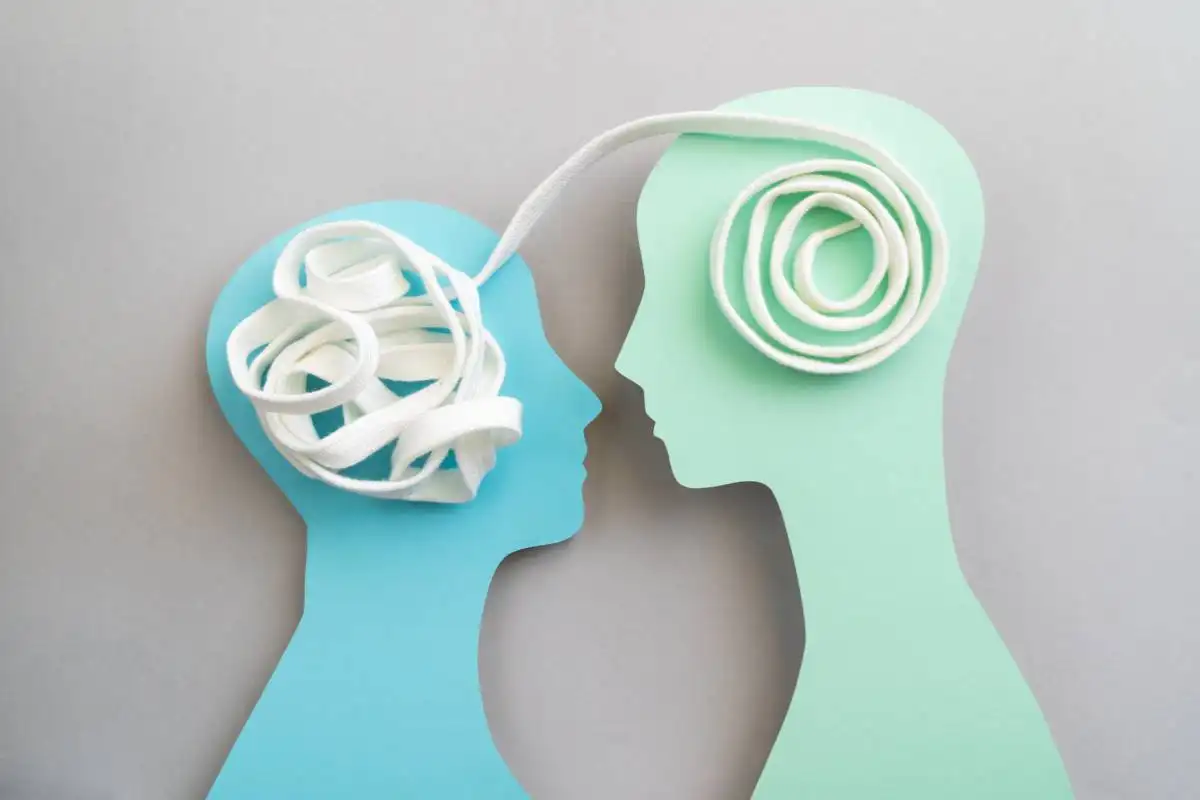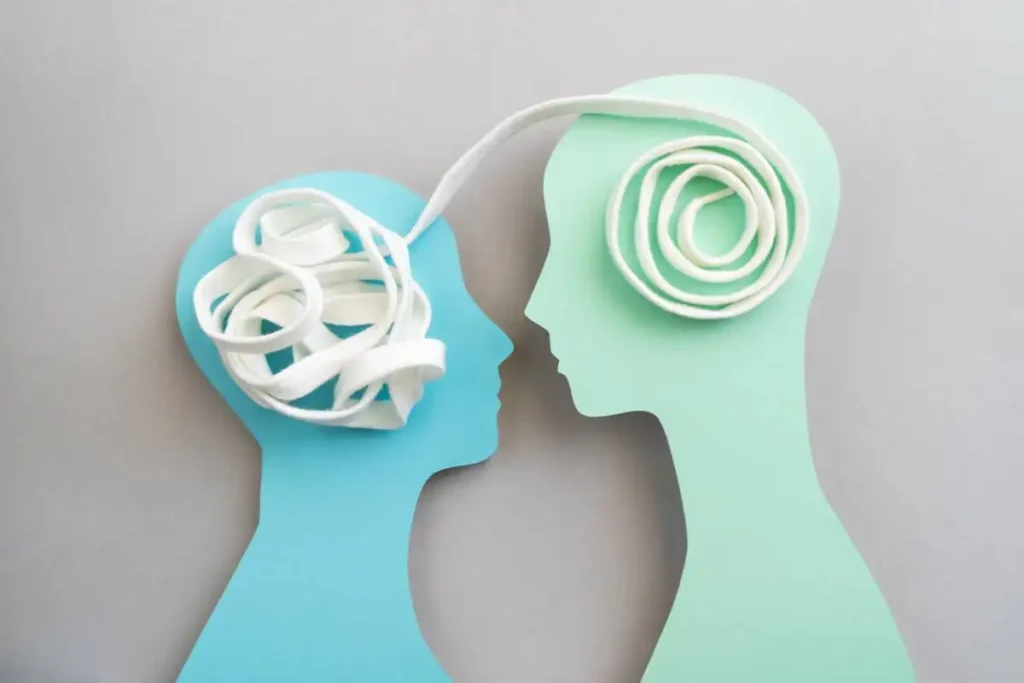Emotional expression is an essential aspect of social interaction and communication. Individuals with ASD may have difficulty expressing emotions in a typical way, such as through facial expressions, tone of voice, and body language. They may also have difficulty understanding and interpreting the emotions of others. This can lead to misunderstandings and difficulties in social situations.
However, it is important to note that individuals with ASD can still experience and express emotions. They may express emotions differently, such as through special interests or routines. Additionally, with support and understanding, individuals with ASD can learn to recognize and express emotions in a more typical way.
Challenges in Expressing Love
People with autism may face unique challenges when it comes to expressing love. These challenges can be related to social communication barriers and sensory processing differences.
Social Communication Barriers
Autistic individuals may have difficulty understanding and using nonverbal communication, such as facial expressions, tone of voice, and body language. This can make it challenging for them to express love in ways that are easily understood by others. They may also struggle with initiating and maintaining conversations, which can make it difficult to express their feelings.
To overcome these social communication barriers, individuals with autism may need to rely on verbal communication and other forms of expression, such as writing letters or giving gifts. It is important for their loved ones to be patient and understanding, and to communicate in a way that is clear and direct.
Sensory Processing Differences
People with autism may also have sensory processing differences that can affect how they express love. For example, they may be hypersensitive to certain textures or sounds, which can make physical affection difficult. They may also have difficulty with eye contact, which can be misinterpreted as a lack of interest or affection.
To accommodate these sensory processing differences, individuals with autism may need to communicate their preferences and boundaries to their loved ones. This can involve finding alternative ways to express affection, such as hugs that don’t involve tight squeezes or loud noises. Their loved ones need to respect their boundaries and work together to find ways to express love that are comfortable for everyone involved.
Ways Autistic Individuals Show Love
Autistic individuals may express and experience love in unique ways, influenced by their individual strengths, challenges, and sensory sensitivities. While some may find it challenging to express love verbally or through typical social cues, they can still demonstrate affection and care through their actions, interests, and consistent support. Here are some common ways autistic individuals show love:
Alternative Communication Methods
Autistic individuals may struggle with verbal communication, but that doesn’t mean they can’t express their love. Alternative communication methods such as sign language, picture exchange communication systems (PECS), and augmentative and alternative communication (AAC) devices can help them communicate their feelings effectively. These methods allow them to express their thoughts, emotions, and desires, and help them connect with their loved ones on a deeper level.
Acts of Service and Support
Autistic individuals may show their love through acts of service and support. They may offer practical help, such as running errands, doing household chores, or providing emotional support. They may also engage in activities that their loved ones enjoy, such as playing games, watching movies, or going for walks. These acts of service and support show that they care and want to make their loved ones happy.
Supporting Autistic Loved Ones
Caring for a loved one with autism can be a challenge, but it can also be incredibly rewarding. As a caregiver, it’s important to create a comfortable environment and learn how to recognize and communicate love in a way that works best for that individual.
Creating a Comfortable Environment
People with autism often have sensory sensitivities that can make certain environments uncomfortable or overwhelming. As a caregiver, it’s important to be aware of these sensitivities and make adjustments to create a comfortable environment. This may include:
- Reducing noise levels
- Adjusting lighting
- Providing comfortable seating
- Removing clutter or other visual distractions
By creating a comfortable environment, caregivers can help reduce stress and anxiety for their loved ones with autism.
Learning and Recognizing Love Languages
Just like anyone else, people with autism have their unique ways of expressing and receiving love. Caregivers need to learn and recognize these love languages to effectively communicate love and support. Some common love languages for people with autism include:
- Physical touch
- Acts of service
- Quality time
- Gifts
By learning and recognizing these love languages, caregivers can better understand how to support and show love to their autistic loved ones in a way that is meaningful to them.
Creating a comfortable environment and learning and recognizing love languages are important ways to support and care for autistic loved ones. By taking the time to understand and accommodate their unique needs, caregivers can help create a positive and loving environment for their loved ones with autism.
Society’s Perception of Autism and Affection
Autism is a neurological disorder that affects social interaction and communication skills. Society’s perception of autism and affection is often based on myths and stereotypes. However, it is important to break down these misconceptions and promote inclusivity and understanding.
Breaking Down Myths and Stereotypes
One of the common myths about autism is that individuals on the spectrum are incapable of expressing love or affection. This is far from the truth. Autistic individuals have unique ways of showing affection, and it is important to recognize and appreciate these differences.
Another stereotype is that individuals with autism are emotionless and lack empathy. While it is true that some individuals with autism may struggle with recognizing and expressing emotions, this does not mean that they are incapable of feeling empathy or love. It is important to understand that individuals with autism experience emotions differently and may express them in unconventional ways.
Promoting Inclusivity and Understanding
Promoting inclusivity and understanding is crucial in breaking down the myths and stereotypes surrounding autism and affection. It is important to educate society about the diverse ways in which individuals with autism express love and affection. By recognizing and appreciating these differences, we can create a more accepting and inclusive society.
Promoting understanding and empathy towards individuals with autism can help break down the barriers that prevent them from forming meaningful relationships. By creating a safe and welcoming environment, we can encourage individuals with autism to express their emotions and form connections with others.
In conclusion, society’s perception of autism and affection is often based on myths and stereotypes. However, by breaking down these misconceptions and promoting inclusivity and understanding, we can create a more accepting and empathetic society that values the diverse ways in which individuals with autism express love and affection.










